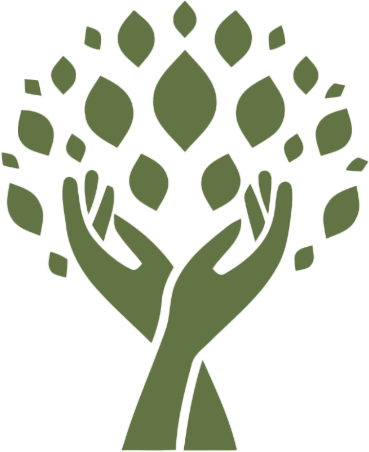Natalie Cutten is a specialist musculoskeletal practice conveniently located in Sandton/Morningside.
Natalie Cutten physiotherapy has a 5 star ranking on google reviews!
Please see out new website:
www.physiosandtonmorningside.com
- 205 Rivonia Road, Morningside, Sandton, South Africa
- Cube Row Office park (Opposite Spur) Ground Floor Secure & free parking
 +27-839979064 - clinical questions
+27-839979064 - clinical questions- +27-0656963176 - bookings
- natalie.cutten@outlook.com
- Mon-friday - 07:00 - 18:45pm Saturday mornings: 09:00 - 14:00
Online bookings: http://nataliecuttenphysiotherapy.bookem.com



